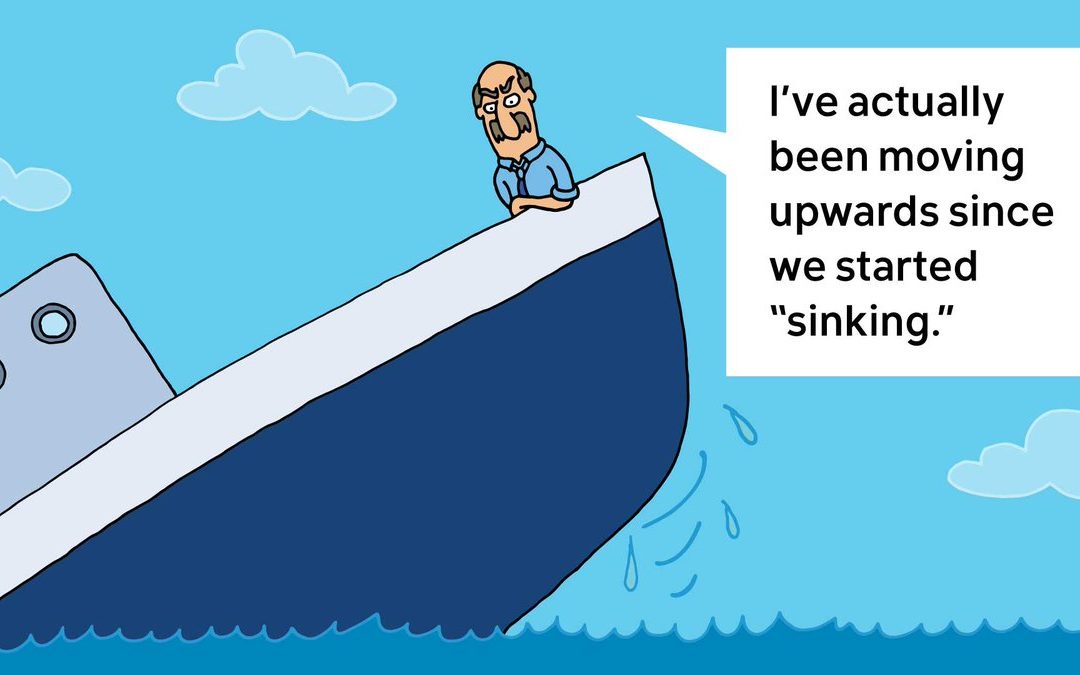In every heartbreak, collapse, or other crisis I’ve experienced, I’ve become poignantly aware of what I’ll call “fringe benefits.” These psycho-spiritual riches contrast sharply with difficulty and the pain of being cracked open. These are the increased vulnerability, openness, humility, honesty, compassion, empathy, and self-love which easily go overlooked. They get trampled over when a brain and body are scrambling in pain and fight or flight, when our focus narrows and we make a bee-line for anything else, the nearest safe harbor. We get busy, even frantic, to distract from our pain, and we become less inclusive. Some of this is helpful, some other part may be an unconscious knee jerk to fear, as opposed to resting in the (non-life threatening) fear itself, from which we are also able to contact the fringe benefits which appear more saliently during strife—any subtly sweet part of heartbreak’s bittersweetness,.
In these trenches, I remind myself to slow down, to move counter-intuitively to fear’s contraction. When I do, I become more poignantly aware of my fear and my ache, as well my increased tenderness, compassion, and appreciation of subtle beauty. To embrace these fringe benefits I must also embrace my pain. This requires a both-and approach—holding pain in one hand and exposing myself to the fringe benefits in the other. This way I can harvest any wisdom from being delivered into this unique body-mind state, the rich underground with which I have less contact when I am in-tact, business as usual. This dynamic parallels with the business as usual collective frenzy of our culture pushing for linear progress at every cost. Perhaps the more we all embody and welcome our business as un-usual states, we might shift the capitalistic business as usual paradigm. This illuminates the hidden connection, the invisible forces between embracing our shadow and the shadow we are casting on the world around us.
Heartbreak, crisis, and collapse are actually portals into cure. We merely must practice not fearing them so much and instead open in their midst. With less collective fear, we can hold these places for one another, together. In this invitation to slow down is also an invitation to be with benevolent, metaphorical death—the fertile death that rebirths us, not the infertile death of denying our pain shadow that literally kills us and everything else. This is the crux, the life-or-death wisdom of paradox. A personal life devoid of paradox is a toxic one. A paradox-deficient culture poisons the world around it and destines itself to a linear demise. A paradox-rich culture embraces death and rebirth, the cycle of Yin and Yang, from life unto death unto rebirth, and becomes regeneratively fertile, just like a rich forest floor is generated from the death of old growth to nourish new growth. When we die to our pain via grief work (an educational audio guide on how to do this is linked), we promote the new growth of wisdom and mercy born from that sojourn into the depths, fringe benefits from benevolent darkness.
When we can absorb the richness of fringe benefits, these facets of our better selves—what I call our finer jewels of being human—accompany us through the trenches, and continue with us long after this fracture has eased. This is the difference between getting through difficulty and being cleared out, enlightened, and enriched by it. To my sensibility, this is the path into a new world. Humanity could use a 100-year pause to embrace all the pain we have both stuffed away in our own hearts and in one another, as well as generated by way of the toxic systems we have in place (capitalism, racism, sexism, war, genocide, etc.). 100 years to desist from the linear progress of tearing down the planet and instead dedicating ourselves to awakening compassion via the circular process of tending our wounds, together. When our inner rivers run cleaner, the outer rivers run cleaner. Our finer jewels of being human generate the transition, as integrity births integrity in the world, so the ocean of our together is restored.


